There’s something magical about waking up with effortlessly bouncy curls or waves that last for months. That’s the promise of a great perm and it’s no wonder more of us are craving that lived-in texture without the daily styling struggle. Whether we’re after soft beachy waves or bold voluminous curls a perm can totally transform our look and boost our confidence.
But with so many options and myths out there it’s easy to feel overwhelmed. That’s why we’ve created the ultimate guide to perms—so we can all discover the secrets to gorgeous long-lasting hair. Ready to unlock a new level of style? Let’s immerse and see how a perm could be the game-changer we’ve been searching for.
Understanding Perms: What You Need To Know
Perms work a bit like magic, reshaping our hair’s natural texture to give us curls or waves that last. Let’s unravel what perms really are and how they’ve evolved into what we see in salons today.
Defining Perms And Their History
People have been experimenting with curls for over a century. A perm, short for “permanent wave,” uses chemicals to break and rebuild hair’s internal bonds. Early forms of perming date back to the 1900s with heated metal rods and primitive lotions. Salons in the 1930s popularized the look, delivering those tight, dramatic curls our grandmothers loved. Over decades, perms earned a reputation as a bold statement and a way to skip daily curling.
How Modern Perms Differ From Traditional Techniques
Today’s perms feel softer, gentler, and more customized than the old-school versions. Stylists now choose different formulas based on hair type, pairing answers with advanced wrapping techniques. We see options for loose beach waves, spiral curls, or volume boosts thanks to digital perms and cold wave technology. Modern perms minimize damage with nourishing ingredients, making versatility and hair health a priority. Salons focus on creating looks that appear natural while lasting for months, not just weeks.
Exploring Different Types Of Perms
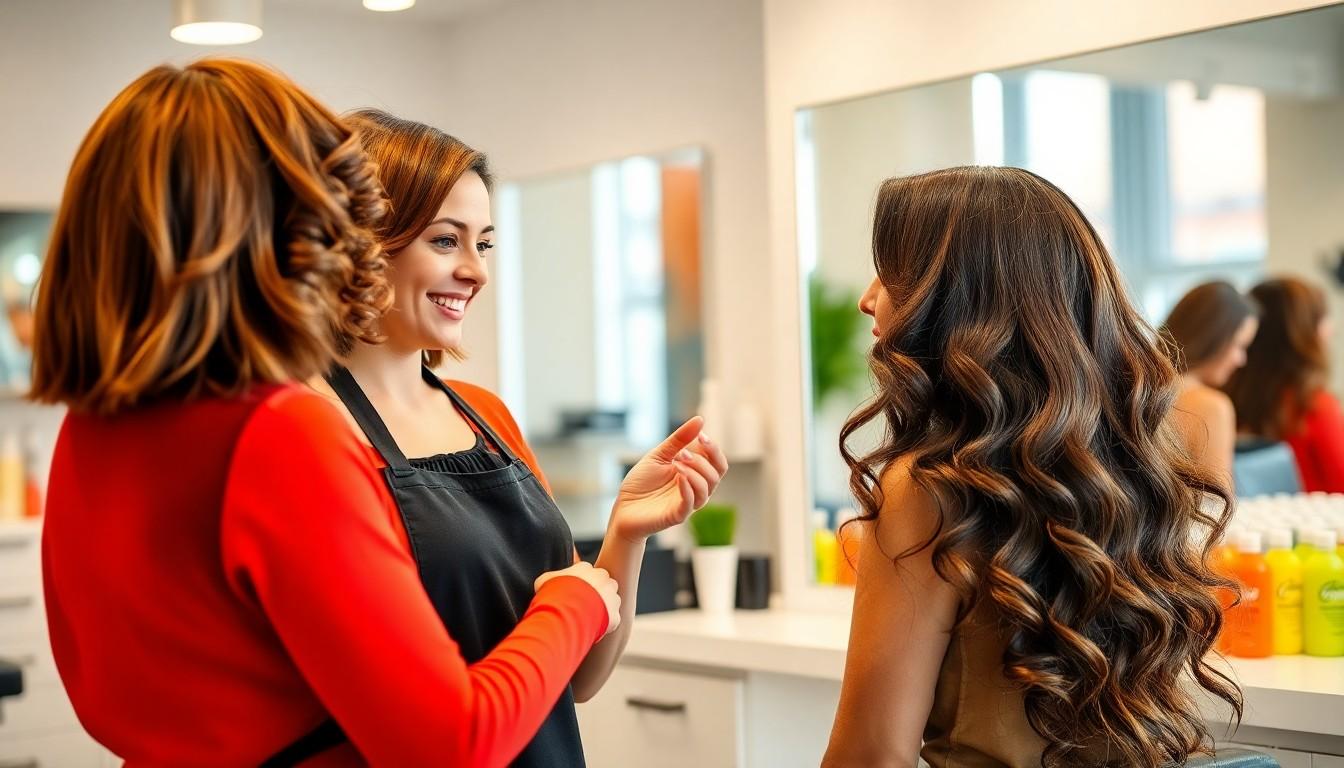
Let’s take a closer look at the most popular perm styles and what makes each one unique. We’ll spotlight their results, core processes, and why people choose them so you can easily see which option might work best for you.
Spiral Perms For Bouncy Curls
We get gorgeous corkscrew curls with spiral perms. Our stylist uses perm rods to vertically wrap sections of hair and create lively, well-defined curls. This method gives us lots of movement, dimension and energy, especially if we’re after a dramatic, statement curl. People love spiral perms for the ever-changing, bouncy look they deliver—each curl can vary in size and pattern for extra natural flow. Aftercare routines matter here: trimming ends, switching to sulfate-free shampoos, and skipping heat styling all help our new curls last longer.
Body Wave Perms For Subtle Volume
Volume feels easy and natural with body wave perms. Larger rods generate loose, flowing waves instead of tight curls, producing a soft touch of bounce without going overboard. Many of us choose this perm for that effortless, “woke up like this” look with gentle movement. It works especially well if we want to boost body and texture, not curl, and is perfect for those preferring low-maintenance, breezy hair that’s never too bold.
Digital Perms For Soft, Loose Waves
Soft, beachy waves come naturally with digital perms. A special machine heats and shapes our hair while the perm solution goes to work. This approach leaves us with waves that feel relaxed and look impressively natural—plus it tends to be kinder to fragile or colored hair when compared to classic perms. Custom results are totally doable, letting us choose tighter or looser waves. Less frizz and damage make digital perms one of today’s most requested treatments for effortless, modern styles that last.
Root Perms For Added Lift
We add instant volume exactly where it’s needed with root perms. This type focuses on curling only the roots rather than the full length of our hair. People with fine or limp hair find root perms game-changing for creating long-lasting lift that doesn’t weigh hair down elsewhere. Our styles look fuller and are easier to manage at the crown, and we keep the option of wearing our lengths straight or wavy. Many choose root perms for subtle, natural fullness without a dramatic curl pattern.
Preparing For Your Perm Appointment
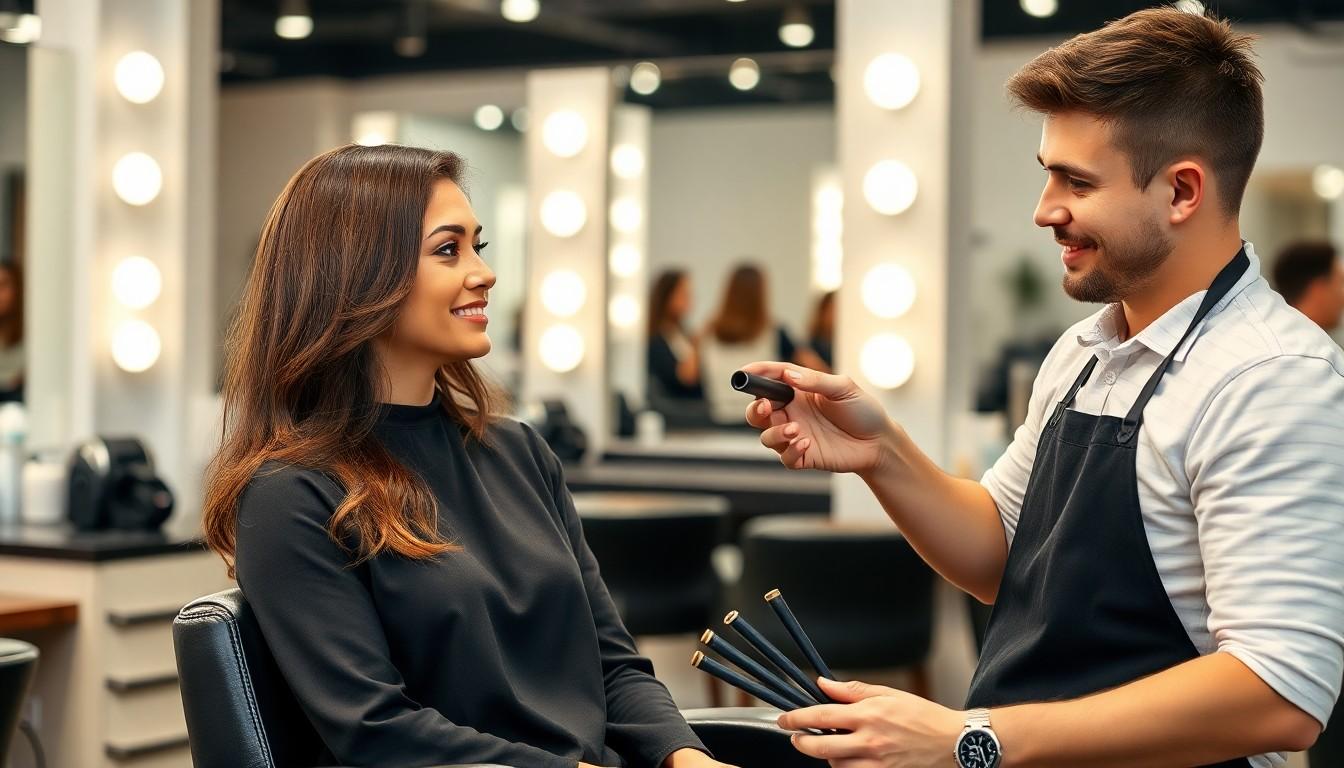
Getting ready for a perm takes more than just booking a salon spot. Let’s break down what we need to know to make sure our hair gets the best results.
How To Assess If Your Hair Is Perm-Ready
We want healthy hair before adding any chemicals. Perms work best on strands that aren’t heavily damaged, so if we’ve seen a lot of breakage or split ends, it’s smart to do some repairs first. Waiting is key if we’ve colored, bleached, or put other chemicals in our hair recently. Choosing the right time makes a difference—perms aren’t designed for hair that’s already stressed. Length comes into play, too. For most curl or wave styles, we need at least a few inches to wrap around rollers. Checking our hair’s texture and condition will help us decide if now is the right moment or if we need some extra TLC first.
Essential Questions To Ask Your Stylist
We should always ask our stylist which kind of perm suits us best. Different results need different techniques—spiral, body wave, digital, and so on. Pairing the right style with our texture helps us get curls we love. Maintenance requirements are important to discuss, too. We’ll want to know which shampoos help keep curls fresh, how often we should wash our hair, and if there are new styling habits to learn. Longevity matters; perms usually last two to six months, depending on hair growth and upkeep. Understanding potential risks lets us protect our strands from unwanted damage, so let’s chat honestly about our hair health and routines.
Pre-Perm Care And Maintenance Tips
Booking a haircut with our future perm in mind shapes better curls. Asking our stylist for a “base cut” can really boost the final look. Skipping chemical treatments like coloring or relaxing before our appointment keeps hair primed for the curling process. Switching to gentle, sulfate-free shampoos and conditioners pre-perm helps strengthen our hair, getting it ready for chemicals. Scheduling a real talk or online consult helps us share preferences, routines, and any concerns that might affect the perm’s outcome. Following our stylist’s pre-appointment instructions ensures our hair is in the best shape for those new curls.
Navigating The Perm Process Step By Step
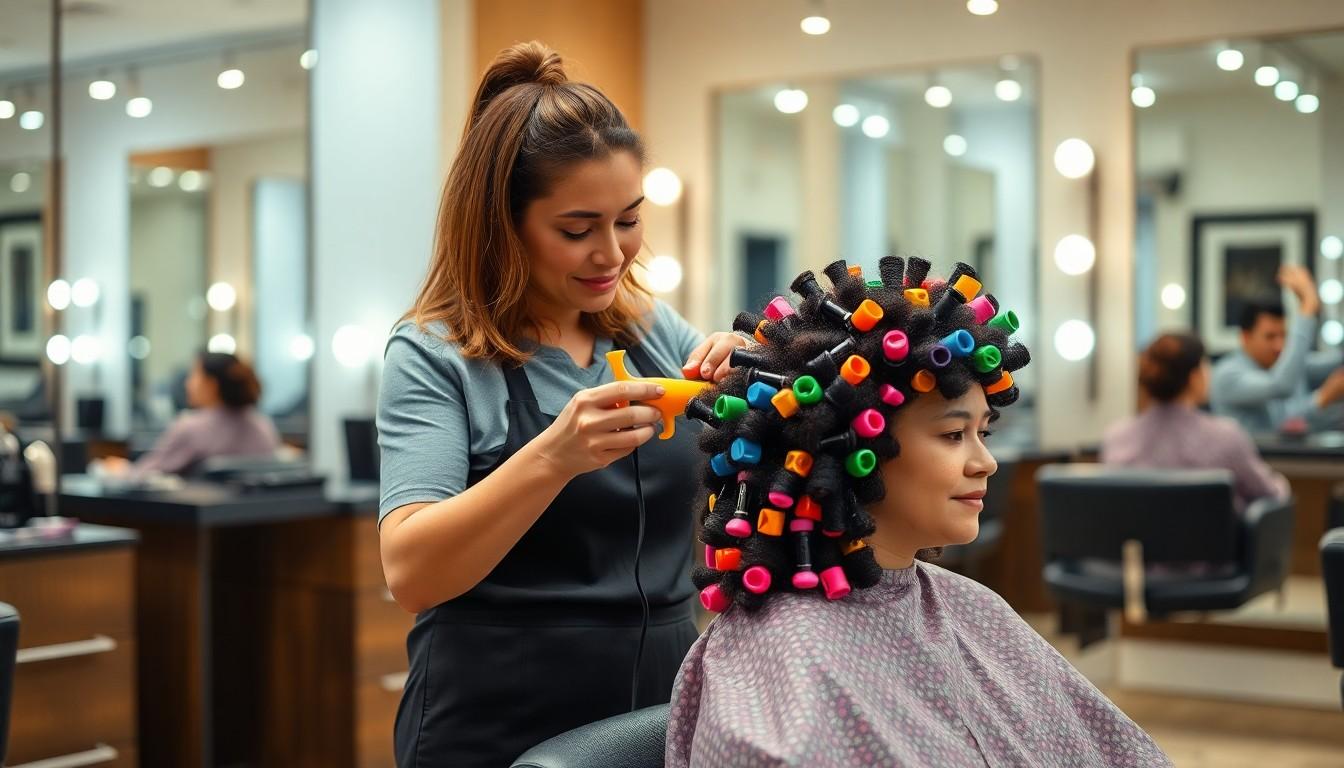
Transforming our hair with a perm takes careful planning and a little patience. Let’s walk through exactly what happens during the procedure and how to get the best results once we leave the salon.
What To Expect During The Perm Procedure
Most perm appointments last anywhere from two to four hours, all depending on how long and thick our hair is. First, our stylist chooses a perm solution and rod size that fit our desired curl or wave. Next, we get our hair washed and sectioned without any tangles. Our strands are then wrapped around the rods in the targeted pattern, and the solution is applied.
Sitting with the solution lets our texture process and change. We might notice a strong chemical scent or feel some mild tingling, which is totally normal. After enough processing time, our stylist rinses thoroughly and adds a neutralizer to set the curl. Once the rods come out, our new texture springs to life.
Aftercare Instructions Immediately Post-Perm
We should avoid washing our hair for at least 48 hours, since water can disrupt our newly set curls. Gentle shampoos and conditioners help maintain moisture and bounce, so we pick ones made for chemically treated hair. Letting our hair air dry instead of using heat tools protects it from extra stress right after the treatment.
If we follow this guidance, our curls should look defined and healthy. It’s also smart to wait a few weeks before coloring or adding more chemicals, so our hair gets time to adjust.
Common Mistakes To Avoid Right After Your Perm
Sometimes we’re tempted to shampoo our hair too soon, but that softens our curls and weakens results. Using flat irons or curling wands right away does serious harm, risking breakage or dryness. Harsh styling products strip away the solution’s benefits and make our hair frizzy or fragile.
Ignoring our stylist’s advice about aftercare is another big misstep. Let’s stick to the recommendations, use only gentle products, and avoid tight ponytails or clips that might bend or distort new curls. If we treat our fresh perm with care, the shape and shine should last for months.
Maintaining And Styling Your Perm
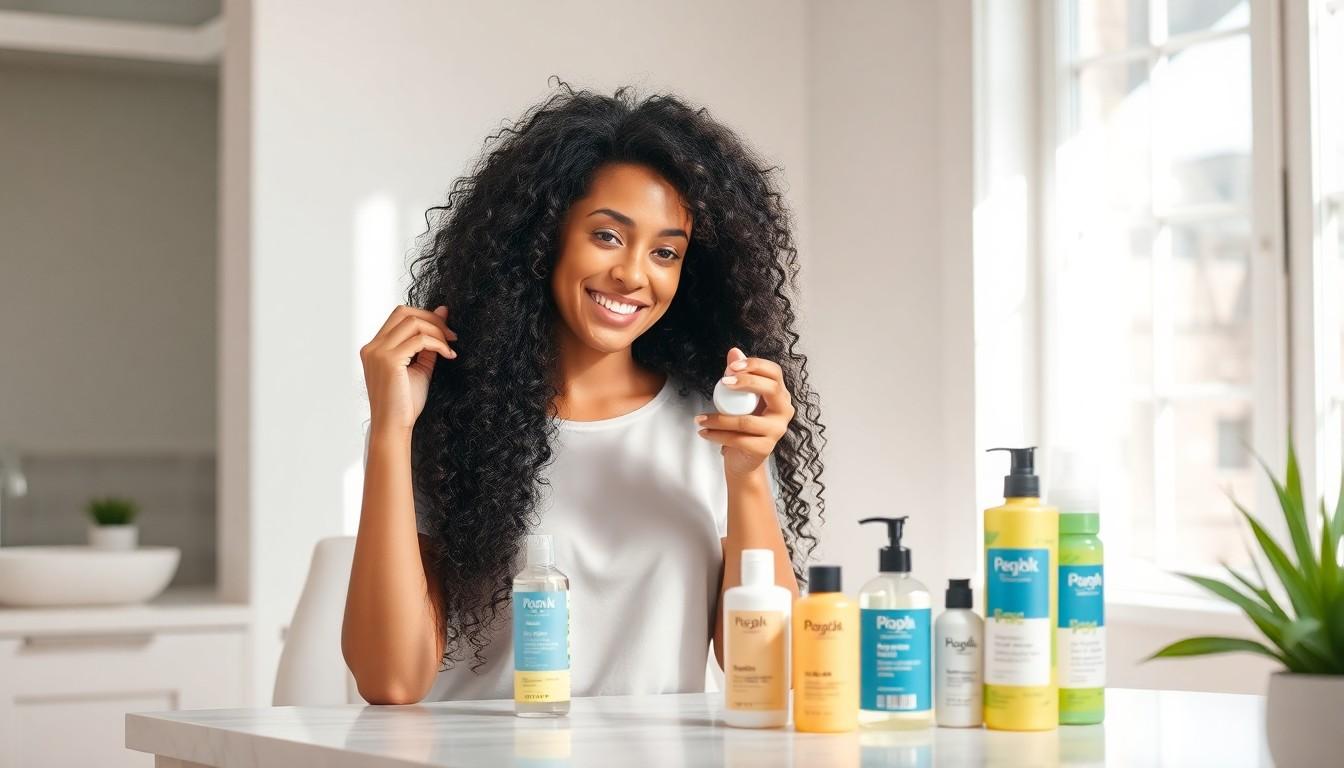
Keeping our perm looking fresh means using the right routines and products. We’ll get more bounce and shine—and longer-lasting results—by treating our curls gently and focusing on moisture, protection, and smart daily habits.
Recommended Products For Permed Hair
Starting with a gentle shampoo and conditioner designed for permed hair makes all the difference. We want formulas that hydrate, nourish, and help avoid dryness. Adding a deep conditioning treatment every week or two brings out shine and keeps our curls soft. Whenever we reach for a blow dryer or curling iron, grabbing a heat protectant is a must. Styling products like gels, mousses, and curl creams customized for curls will help define our look and keep everything in place without crunch.
Tips For Keeping Curls Healthy And Defined
Protecting our curls starts with letting them air dry after showers so we skip heat damage. When we do use a blow dryer, a diffuser attachment helps distribute heat evenly and preserves curl shape. Consistent trims every six to eight weeks fight split ends and stop curls from losing their structure. Choosing gentle coloring options like balayage or glazes reduces chemical stress on our hair. Overnight, sleeping on a silk or satin pillowcase and putting our curls in a loose bun, braid, or pineapple updo stops friction, preserving curl definition. Staying hydrated fuels healthy hair from the inside out, so drinking plenty of water and including omega-3-rich foods or biotin supplements really matters.
Heat Styling And Daily Routines For Perms
We avoid excessive heat styling to maintain curl health, and if we do need to use heat tools, always applying a heat protectant protects against damage. Shampooing less—just enough to keep our scalp clean without stripping away natural oils—helps our curls stay moisturized. After each wash, letting our hair air dry or choosing a blow dryer with a diffuser keeps away frizz and adds natural bounce. When our curls are wet, we never brush them, since that can cause breakage and tangles. Using our fingers or a wide-tooth comb instead keeps our curls intact and avoids unnecessary breakage.
Troubleshooting Common Perm Problems

Caring for permed hair isn’t always smooth sailing. Sometimes, even with our best efforts, we face dryness, frizz, or unexpected results. Let’s break down exactly how we can fix common issues.
How To Handle Dryness, Frizz, Or Damage
We always keep permed hair hydrated by using a gentle moisturizing shampoo and a rich nourishing conditioner every wash. Regular deep conditioning sessions work wonders for restoring lost shine and softness. Cutting back on how often we shampoo helps prevent our hair from losing its natural oils, which keeps dryness at bay.
Choosing products designed specifically for permed hair makes a real difference—these are made to lock in moisture and boost hydration. Waiting at least 48 hours before the first post-perm wash gives the curls time to set and keeps frizz under control. When we avoid heat styling, or reach for a heat protectant if we must, we prevent extra frizz and keep permed hair from becoming brittle.
Steering clear of too much sun exposure, chlorine, and saltwater protects our curls from external damage and unwanted frizz. We reach for gentle cleansers, skip harsh chemical treatments, and always finish with a protective conditioner after perming. Scheduling regular trims keeps split ends in check and stops damage before it starts.
What To Do If Your Perm Didn’t Turn Out Right
Sometimes, we don’t get the curl pattern we hoped for. The best move is consulting our stylist to see if adjusting the rod size or processing time can get the results we want. If we’re dealing with hair that feels over-processed, we double down on deep conditioning treatments right away to restore lost hydration.
Stopping any further chemical treatments is key while we nurse our hair back to health. Uneven curls sometimes happen, especially if we already had some natural texture. Using products formulated for mixed-texture hair—like gels, mousses, and curl creams—helps us blend permed sections with our natural curls until everything looks balanced again.
| Issues | Our Best Answers |
|---|---|
| Dryness | Moisturizing shampoo, nourishing conditioner, deep conditioning, shampoo less |
| Frizz | Wait 48 hours before washing, avoid heat, use heat protectant, protect from sun |
| Damage | Gentle care, avoid harsh chemicals, regular trims, protective conditioning |
| Incorrect Curl Pattern | Consult stylist for adjustments |
| Over-Processing | Intensive deep conditioning, avoid further chemicals |
| Uneven Curls | Use mixed-texture products, experiment with styling aids (gel, mousse, curl cream) |
Weighing The Pros And Cons Of Perms
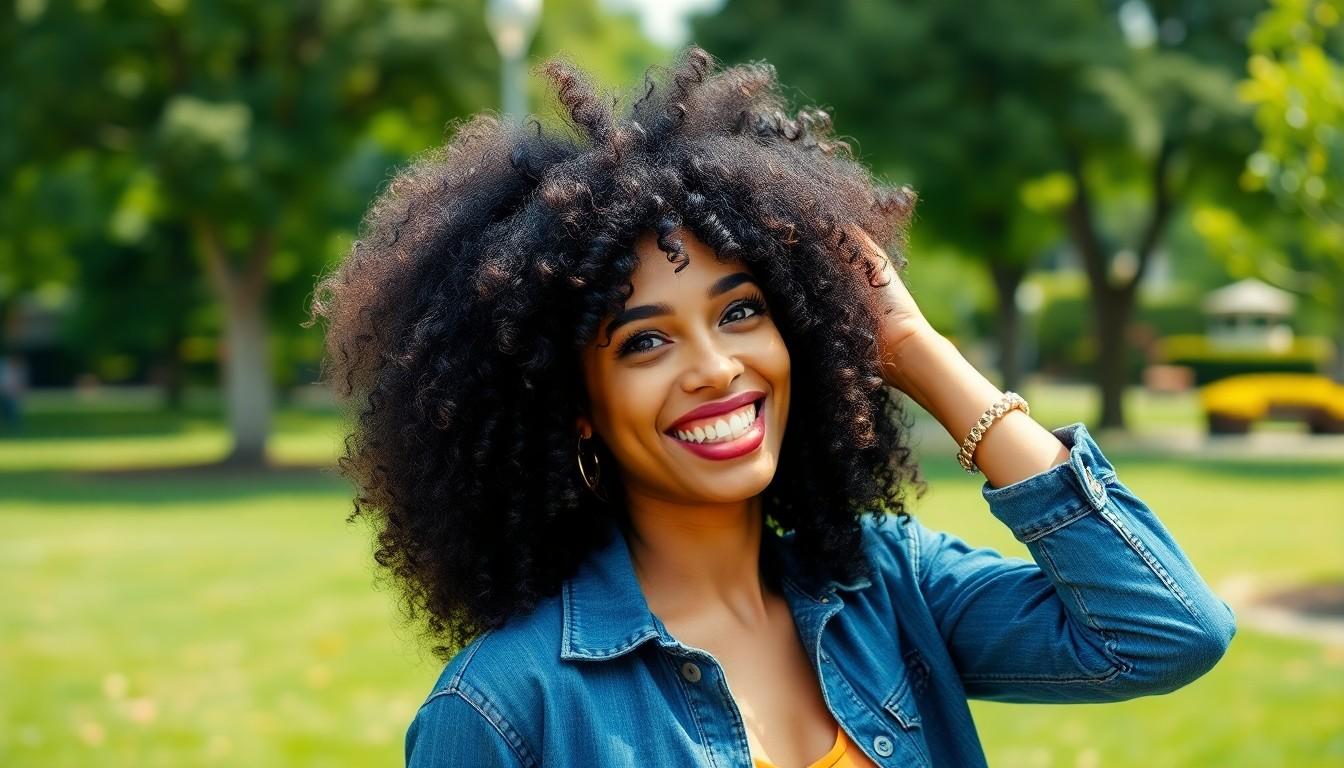
Let’s get real about the highs and lows of perms. We’ve gathered the most important facts so we can help each other make the smartest choice for our hair.
Advantages Of Getting A Perm
Lasting results give us bouncy curls or soft waves for several months, cutting out the hassle of daily heat styling or curling irons (source: [3][5]).
Low-maintenance styling becomes our new routine once we get through the initial aftercare—permed curls stay in shape without constant touch-ups or products (source: [5]).
Versatility shines with perms because we can pick curl size and pattern, so whether we want tight ringlets or easygoing waves, the stylist can tailor the result (source: [5]).
Extra texture and healthy volume perk up flat or limp hair, making it feel fuller and more ever-changing (source: [3]).
Potential Drawbacks And Risks To Consider
Chemical answers used in perms can lead to dryness, brittleness, or breakage, especially if they aren’t applied properly or our hair’s already fragile (source: [3][5]).
Aftercare restrictions throw a wrench in our usual habits—we need to avoid washing, touching, or tying our hair for at least 48 hours (source: [5]).
Professional perm appointments can stretch our budgets and schedules since the process demands expertise and a few hours of sit time (source: [5]).
Results sometimes miss the mark because factors like hair type, past treatments, or condition play a big role—there’s always some unpredictability (source: [5]).
Scalp irritation or allergic reactions may pop up, so we need to check with our stylist about sensitivities before jumping in (source: [3]).
Regular moisturizing or nourishing treatments become part of life after a perm to maintain texture and health, which tacks on extra time and costs (source: [1]).
FAQs About Perms Answered

Let’s clear up some common questions about perms, drawing on real experience and what the pros recommend.
How Long Does A Perm Last?
On average, we can expect a perm to last between 2 and 6 months. Our hair type, chosen perm method, and daily care play big roles in how long the curls actually stick around. Curls tend to relax as our hair grows out, moving those permed sections farther from the scalp and causing shape changes over time. By sticking with gentle shampoos, skipping harsh products, and minimizing hot tool use, we’ll help our curls keep their bounce for longer. Investing in good aftercare makes all the difference for maximizing the life of our perm.
| Factor | Influence on Longevity |
|---|---|
| Hair Growth | Curls move and fade as hair grows |
| Hair Care Routine | Gentle care helps curls last longer |
| Perm Type | Varies from tight curls to loose waves |
| Aftercare | Avoiding heat and harsh products preserves shape |
Can Color Treated Or Bleached Hair Be Permed?
Perming color-treated or bleached hair is possible, though extra care really matters. Our hair can become fragile after color or bleach, so it’s smart to let a professional inspect its condition before any perming begins. Pros usually reach for gentle answers and might adjust timing to keep our hair as healthy as possible during the process. Using a clarifying shampoo before the appointment removes buildup, giving us better results. After getting the perm, moisturizing shampoos and conditioners should be our go-tos, and it’s best to let hair rest, using little styling or heat for those first few days. Following strict aftercare helps set us up for great curls without sacrificing hair health, even on strands that have seen color or lightening.
Conclusion
Choosing a perm is more than just a hairstyle change—it’s about embracing a new look that fits our personality and lifestyle. With so many options and techniques available today we can find a perm that suits our unique hair needs and preferences.
By understanding the process and caring for our curls the right way we’ll enjoy healthy bouncy hair that turns heads for months. If we’re ready for a transformation a perm could be the confidence boost we’ve been waiting for.
Frequently Asked Questions
What is a perm?
A perm is a chemical treatment that changes your hair’s natural texture to create lasting curls or waves. It can add volume, bounce, and new shape, lasting from 2 to 6 months with proper care.
How long does a perm last?
A perm typically lasts between 2 and 6 months. Longevity depends on your hair type, how quickly your hair grows, the type of perm, and how well you follow aftercare instructions.
Can anyone get a perm?
Most people can get a perm, but healthy, untreated hair provides the best results. If your hair is damaged, over-processed, or very short, a stylist may recommend waiting or avoiding a perm altogether.
Are perms damaging to your hair?
Modern perms are much gentler than older types, but any chemical process can weaken hair. Using recommended products, moisturizing regularly, and limiting heat styling helps maintain hair health after a perm.
What’s the difference between spiral, body wave, and digital perms?
Spiral perms use small rods for tight, bouncy curls. Body wave perms use larger rods for loose, natural-looking waves. Digital perms use a machine to create soft, customizable curls, especially suitable for fragile hair.
Can I perm color-treated or bleached hair?
Yes, but extra care is needed. Perming color-treated or bleached hair increases the risk of dryness and breakage. Always consult a professional to assess if your hair can handle both treatments safely.
How should I prepare for a perm appointment?
Make sure your hair is healthy and long enough to wrap around rods. Avoid other chemical treatments right before your perm. Discuss your hair goals and maintenance routines with your stylist during the consultation.
What is the aftercare routine for a fresh perm?
Don’t wash your hair for at least 48 hours after getting a perm. Use sulfate-free, moisturizing shampoos and conditioners. Air dry when possible, avoid heat styling, and follow your stylist’s recommendations for best results.
How do I keep my permed curls healthy?
Moisturize regularly with deep conditioners and use gentle hair products made for curls. Detangle with fingers or a wide-tooth comb, and limit heat usage. Regular trims also help prevent split ends and keep curls defined.
What should I do if my perm turns out differently than expected?
If you’re unhappy with your perm, consult your stylist before trying any fixes at home. Sometimes products for mixed-texture hair or strategic haircuts can improve the look until the perm grows out.
Are perms high-maintenance?
Perms reduce daily styling time but require regular moisturizing and gentle handling to keep curls healthy. Routine touch-ups and aftercare ensure your curls stay defined and vibrant for as long as possible.







